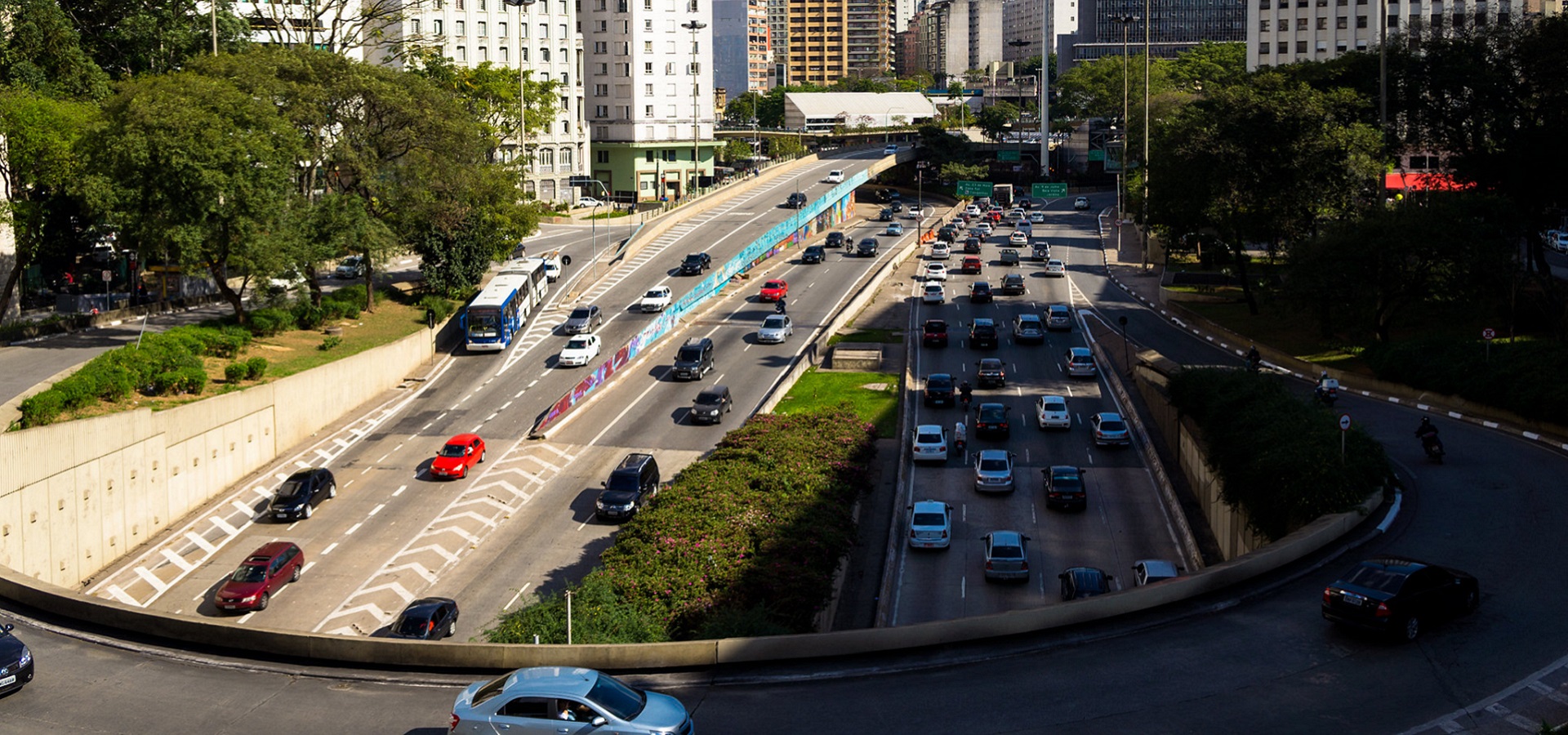The transportation sector in Latin America is still largely based on fossil fuels and responsible for 35 percent of the continent’s carbon emissions. Greening public transportation systems is an issue predominantly for a few wealthier cities. But many remain highly inefficient, insecure and in the hands of powerful transportation mafia-like groups, which make them a difficult subject for reform. Yet the main hurdle for developing a sustainable transportation concept in many Latin American countries is the disconnect between national and municipal policies on transportation and energy policy. Rebecca Bertram reports

In many Latin American countries leads a lack of public transportation to private car ownership. (Deni Williams, CC BY 2.0)
Why is this important? Because Latin America is experiencing a boom in urbanization, and transportation policy has therefore taken on a more prominent – and competitive – place in municipal politics. However, national policies, such as tax incentives on electric vehicles or meeting the growing electricity demand for the electric fleet, form transportation policy across the continent and thereby set the stage in which municipal policy can operate. Both national and municipal policies need therefore to be implemented together.
According to the United Nations, Latin America is now one of the most urbanized regions in the world. In 2018, more than 80 percent of its 650 million population lived in cities, a number that is set to grow to 90 percent by the middle of this century. This urban boom has its roots in significant improvements in economic conditions for many Latin Americans, caused by a steady increase in exports and prices of natural resources. It has also produced traffic chaos throughout many urban centers across the continent.
Average private car ownership has grown dramatically to more than 250 cars per 1000 inhabitants in recent years. Although this number is still low compared to more developed parts of the world, the average usage of public transportation is also lower. Only Mexico City, Lima and Santiago come close to the level of public transportation usage of more developed countries. Cities in Latin America are finding it increasingly difficult to cope with the growing traffic congestion, and according to the INRIX Global Traffic Scorecard , the three most congested cities in the world today are Bogota, Rio de Janeiro and Mexico City, all of which are on the Latin American continent. As things stand today, this trend is set to continue into the foreseeable future.
To address the problem, cities should invest in better, more efficient and safer public transport options. There is much to be done: public transport systems in Latin America have a long history of being privately owned by criminal gangs who have exploited rather than ensured passenger safety. Reforming the public transportation system is therefore not only needed to ease congestion and help the climate but to assure passenger safety. Only a handful of cities across the continent, in Brazil, Colombia, Mexico, Guatemala or Chile, have begun building so-called bus rapid transit systems (BRT) that use separate lanes and therefore can run at a quicker pace although not all are running on fuel from renewable energy. In many other cities, however, the mix of weak municipal governments and powerful transportation interests defending the status quo have often blocked much needed reforms.
Moreover, phasing out fossil fuels from the transportation sector is still largely left untouched. Only a few countries, such as Mexico, Colombia and Costa Rica have put in place serious policy incentives for electric vehicles. The growing demand for electric vehicles in these selected countries was responsible for the 90 percent demand increase across the whole continent in 2018. But while they encourage electricity driven transport by lowering import taxes, offering attractive lines of credit for the purchase, special electricity rates for charging stations or exceptions in VAT, they fail to address the elephant in the room on how the resulting greater demand for electricity can be met.
It is here that municipal and national governments have to engage in greater cooperation. Incentivizing the purchase of electric vehicles on the national level and cleaner public transportation infrastructure on the municipal level must both be at the heart of transforming Latin America’s transportation sector. Yet this will only have a real impact on reducing the continent’s dependence on fossil fuels if the transformation in the transport sector goes hand in hand with the transformation of the electricity sector at the national level.